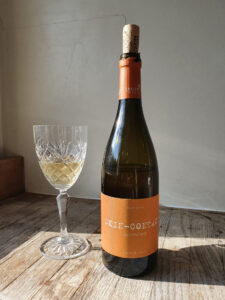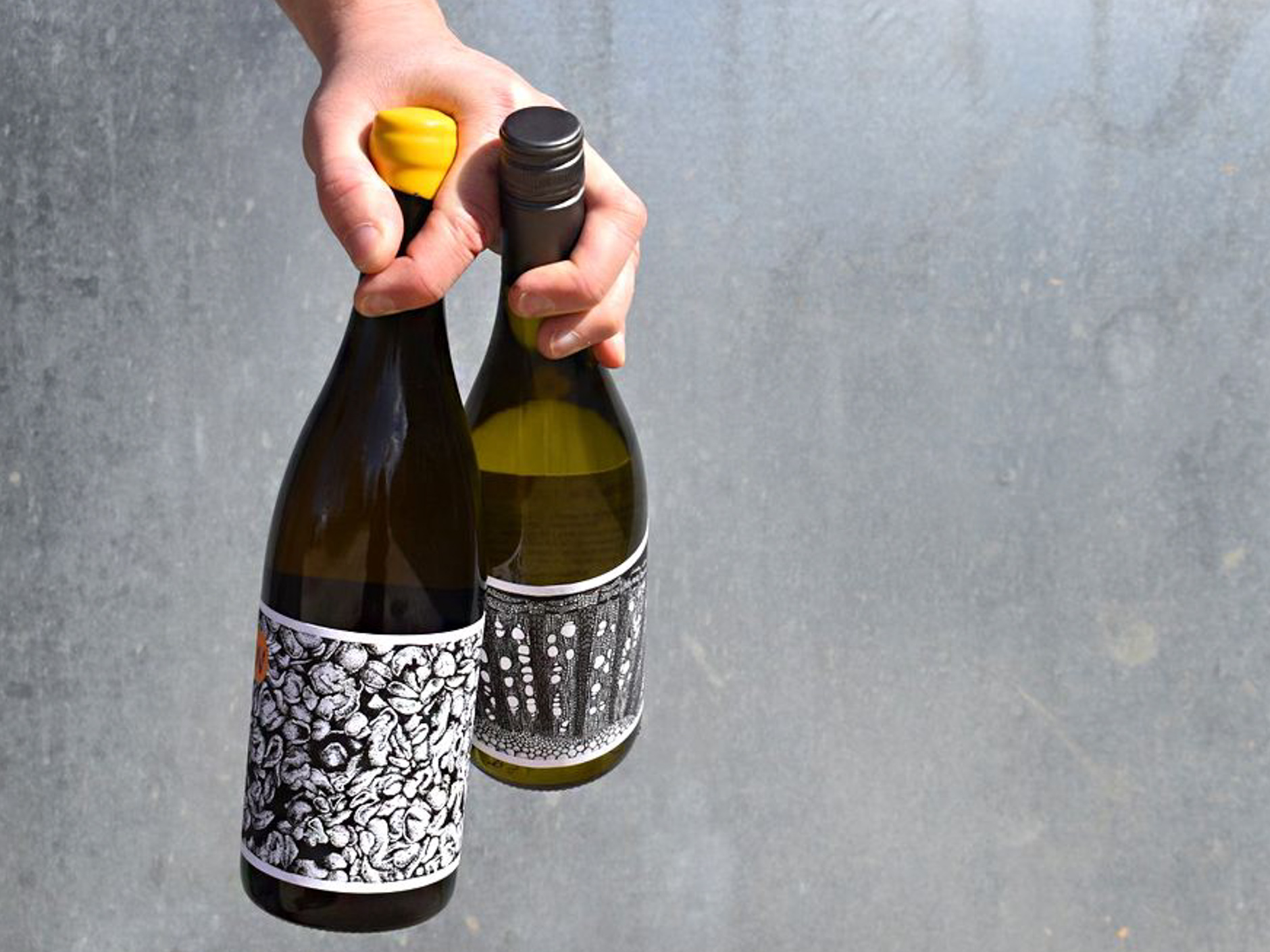Skin-contact wines are having a moment, with more wine buyers branching out to try the ‘orange’ or ‘amber’ variations of typically white grape varietals.
These wines are produced by keeping the grape juice in contact with the grape skins during the fermentation process, sometimes for an extended period of time.
Grape skins contain tannins which lend colour to a wine but also add texture and intensity of flavour. All red wines are skin-contact by nature but this term is being specifically applied to white wines vinified in the same way.
There are very few rules when it comes to skin-contact wines: winemakers can opt to leave the skins in contact for weeks or even months, giving some skin-contact wines only a light flush of colour while others are a deeper shade of amber.
These bottles are often new expressions of grape varietals which we are otherwise accustomed to – Riesling, Xarel-lo, Albariño, for example. There are some exciting skin-contact wines out there inviting us to re-think what we understand these wines to taste or look like.
If you have not had a skin-contact bottle yet, what are you waiting for? They are perfect for summer, often refreshing with a dash of surprising spice or zippy minerality and friends will certainly wonder what this interesting orange bottle you have turned up with is all about.
Fabien Jouves, Skin-Contact Vin de France, 2019
Sometimes a wine takes my breath away. I was recommended the wines of Fabien Jouves and thought the best place to start would be with the skin-contact. I often find that skin-contact wine can show a winemaker at their most experimental and generates some interesting blends. This blend of Muscat d’Alexandrie, Gros Manseng and Ugni blanc from just outside of Cahors, France, is a symphony of tastes and perfectly balanced.
Just one glass explodes with crab apples, warmed tangerines and even some yeasty strawberries and cream. On the nose, I find hints of vanilla pods and a streak of young caramel, too.
Social media also allows us to collectively appreciate the best bottles and, when I posted about this wine online, a wave of responses rolled in from other fans of Jouves’ skin-contact blend, saying how much they had loved it too.

Fabien Jouves, Skin-Contact, Vin de France
Tillingham, Orange wine, 2019
The different grape varietals used in Ben Walgate’s orange wine (Ortega, Bacchus, Madeleine Angevine and Müller-Thurgau) are vinified separately in clay qvevri and later blended together. Like the best choral performances, each part rehearses separately before harmonising together.
Walgate and his team have been reviving the ancient Georgian winemaking practice of vinification in terracotta vessels, adding an interesting flavour profile to the wine. I can taste a hint of stewed citrus peel, but the wine somehow retains a peachy freshness and a long finish.
The 100% whole bunch maceration for 30-50 days also brings out the depth and crunch of an underlying tangerine flavour. Like all Tillingham wines, this skin-contact wine is biodynamic, benefitting from the carefully rejuvenated soils on their 70-acre estate in Rye.
Westwell, Skin-contact Ortega, 2019
Ortega white wines are becoming more prominent as the UK settles in to its newfound wine-country status. So it’s good to see winemakers experimenting with the skins too and Ortega seems well-suited to this wine-production style.
Adrian Pike and Marcus Goodwin both have a background over at Davenport estate, so saw organics in action and have been trying to work increasingly organically at Westwell since 2017.
The skin-contact wine is made using only native yeasts and sees no fining or filtration. This gives it that beautiful minerally haze whilst losing none of the spiciness which is so unique to this wine.
Ancre Hill Estates, Orange Wine, 2019
I feel guilty including this cult-favourite Welsh wine on my list as it sold out in most places. If you have a bottle, hoard it carefully as the iconic label and unique flavour of this 100% Albariño (or Alvarinho in Portuguese) means you already need to register for the 2020 vintage ahead of its release.
I opened this organic, orange wine with a friend, intending just to taste it but drank the whole bottle in one heady sitting. Unfined and unfiltered, this Welsh beauty is pleasantly yeasty with nectarine and cider apple notes.
It showcases the best of the unique mudstone and sandstone Monmouthshire soils the Albariño has been re-housed on. As Laura Grey from Ancre Hill told me, the climate in Monmouthshire is surprisingly similar to Albariño’s native home in north-west Portugal!
Tavares de Pina, Rufia Vinho Branco, 2019
This is a delightfully understated skin-contact wine from Portugal but perfect for a Spring aperitif. The producers minimise their carbon footprint by sending the wines up to Bristol by sail boat.
Arriving from across the sea is this floral, juicy and refreshing wine with a dash of minerality from the fossilised marine sediment in the vineyard soils. This wine is a daring and complex blend of (have you got a pen?) Siria, Roupeiro, Bical, Borrado das Moscas, Cerceal Branco and Encruzado.
The vineyard practises vinification organically and only wild yeasts are used in the winery, with spontaneous fermentation. The wine is not fined or filtered so vegans can enjoy a bottle or two knowing that no animal-derived products (usually employed in ‘fining’ a wine) have been used in the winemaking process.
Alicia Rose is a wine writer and tastings host with expertise in natural, organic and biodynamic wines. You can follow her on Instagram (@naturalwine.girl) and through her website www.naturalwinegirl.com.
Cover photo courtesy of Westwell. Photo of Fabien Jouves Skin-Contact by Alicia Rose.
May 2021






